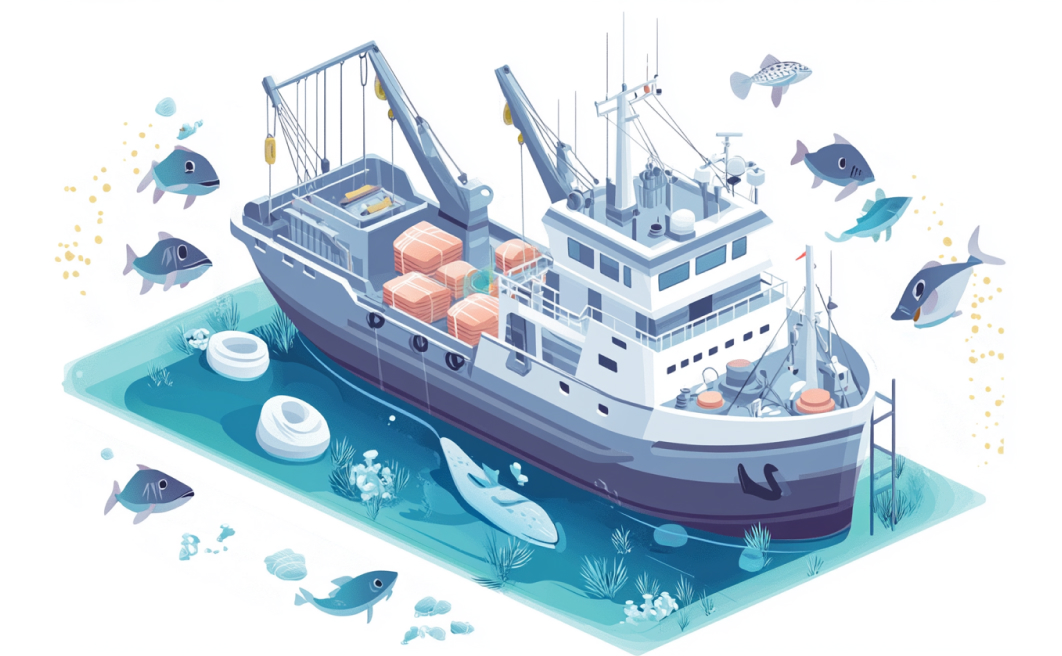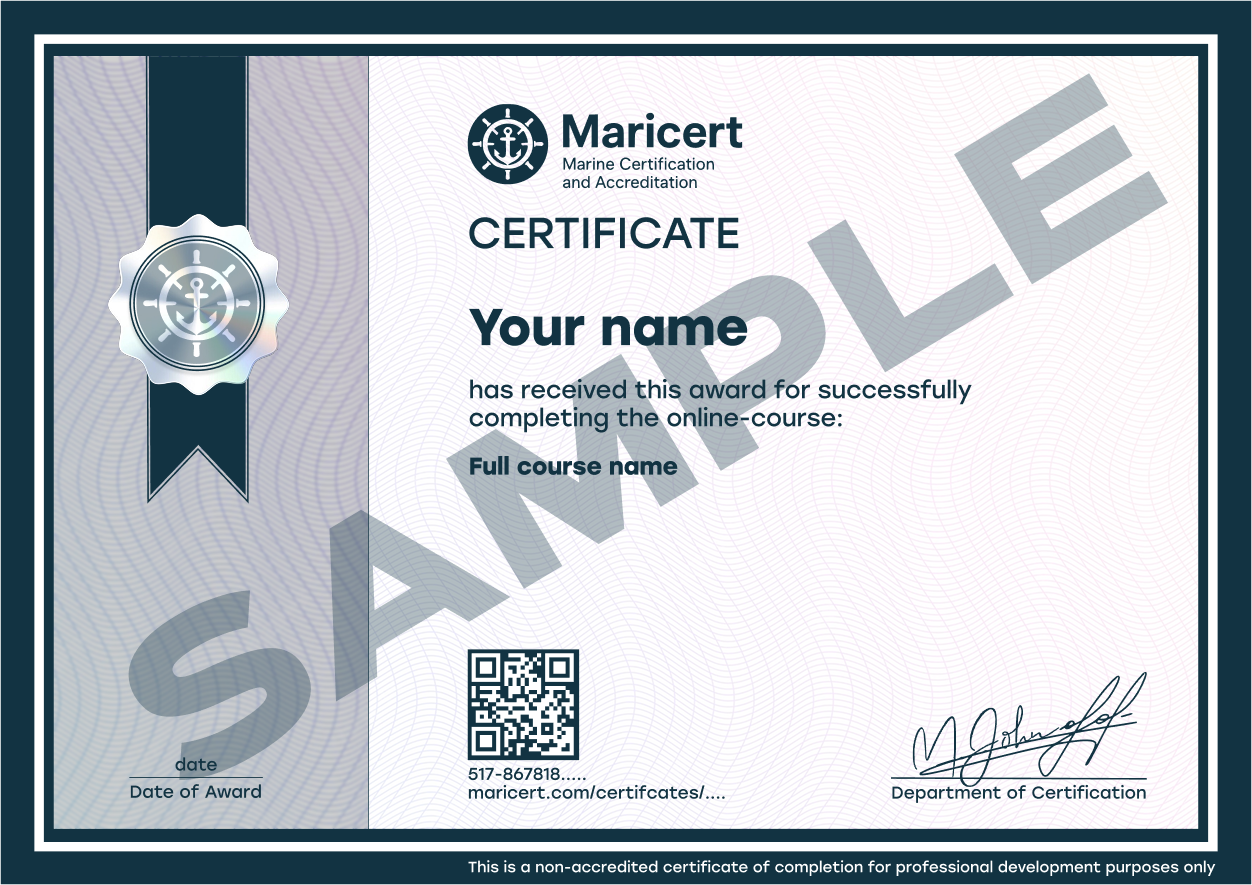Mastering surimi production: advanced processingtechniques & quality control
LESSONS
- Frozen surimi and products derived from it
- Essential preprocessing for high-quality surimi
- Protein balance and suwari control in surimi gel formation
- Effect of leaching on enzymatic activity and compositional changes in surimi
- Optimizing leaching conditions to enhance surimi stability and functionality
- Advanced processing and storage techniques for high-quality frozen surimi
- Strategies for surimi production from dark-fleshed and high-protease fish species
- Preventing protein denaturation during freezing in surimi production
- Protective additives and quality evaluation in frozen surimi processing
- Recent technological advancements in surimi processing
- References
- Test

Duration
7–9 hours for studying the theoretical material, 2 hours for completing the final test.
Certificate
Upon successful completion of the online course, you will receive a certificate titled:
"Advanced Seafood Processing & Safety: Extending Shelf Life".
Certificate of attendance training completion.

MARICERT is a private training and consulting initiative. We do not operate as an official UK awarding body or government accreditation agency. All certificates provided by MARICERT are non-official and are issued for training completion purposes only. Our services are designed to support professional development and are not equivalent to formal qualifications.
Database registration
Each certificate has a unique serial number, is registered in our database, and includes a QR code for authenticity verification. Add your certificates when sending your CV, and your future employer will be able to verify them.
Course description
This comprehensive course provides an in-depth understanding of frozen surimi production, from raw material selection to advanced processing and quality control. You will explore each critical stage of surimi manufacturing, including fish handling, leaching, gel formation, enzymatic activity, and cryoprotection. The course covers how species differences, fat content, and protease activity affect surimi quality and processing methods. Special attention is given to optimizing leaching conditions, controlling myofibrillar protein stability, and managing factors like pH, ionic strength, and freezing temperatures. You’ll also study innovations such as ohmic heating, emulsification, and functional ingredient incorporation. A full section is dedicated to dark-fleshed and high-protease fish species, addressing their unique challenges in gel formation. You'll learn about global trends, sustainability practices, and market innovations in surimi-based products like imitation crab meat, fish balls, and kamaboko. The course concludes with evaluation techniques for assessing surimi quality, including gel strength testing, suwari performance, and compositional analysis. Designed for industry professionals, this course equips you with the tools and knowledge needed to enhance product performance and ensure consistent, high-quality surimi production.
What you’ll learn
- key stages in frozen surimi processing, from filleting to cryoprotection
- effects of leaching, pH, ionic strength, and temperature on gel formation
- enzymatic roles of transglutaminase and protease inhibitors
- modern processing methods such as ohmic heating and emulsification
- quality assessment standards and gel strength testing procedures
Who this course is for
- seafood processing professionals seeking to improve product quality and shelf life
- food technologists and engineers working in preservation and drying technologies
- quality control and assurance specialists in the seafood industry
- students and researchers in food science, marine biology, or aquaculture
- sustainability consultants exploring energy-efficient seafood preservation methods
- entrepreneurs and small-scale producers aiming to optimize traditional drying practices
- professionals involved in packaging, storage, or transportation of dried seafood products
- anyone interested in launching or upgrading fish drying operations using modern techniques
